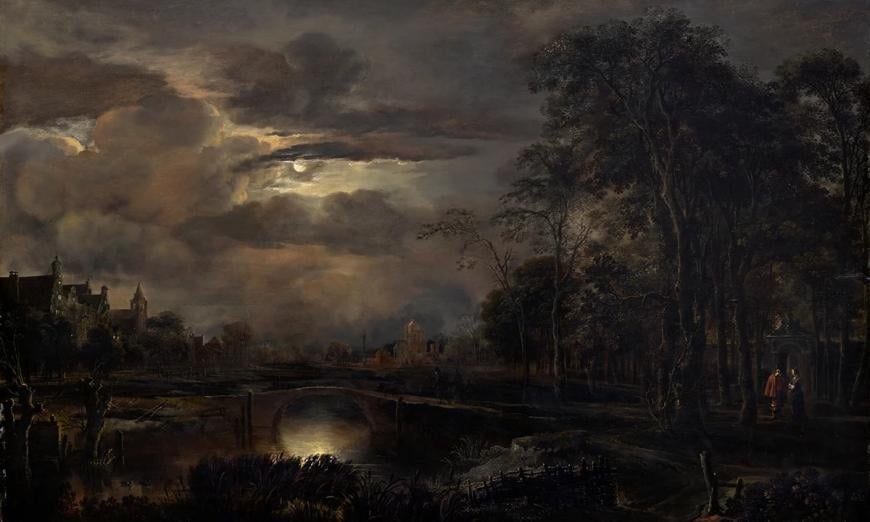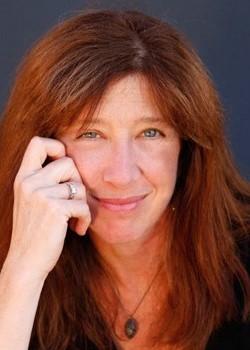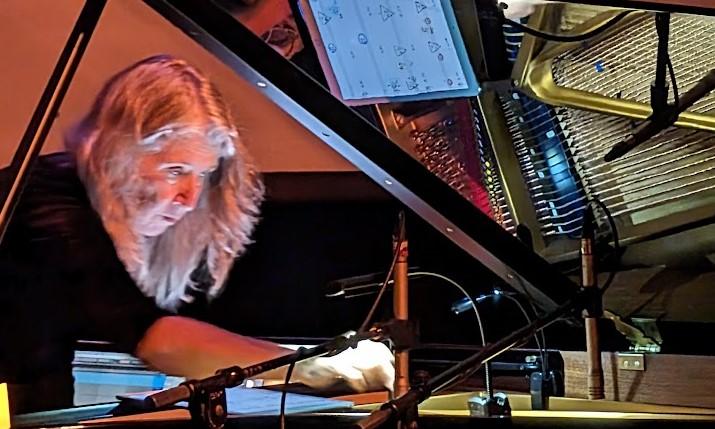
Vicki Ray, a founder of the longstanding concert series Piano Spheres, can always be counted on for inventive and thought-provoking programs. Piano, per se, isn’t always the be all and end all. Her Piano Spheres recitals in recent times, including Tuesday’s “Nacht und Träume” program at 2200 Arts + Archives, have ventured beyond that keyboard instrument. Aside from a tastefully-deployed sampler/synthesizer, the stage sported a kick drum, onscreen visuals, and two grand pianos — one for traditional use and the other elaborately outfitted for John Cage’s prepared piano piece The Perilous Night.

The intriguingly integrated recital took its title from Franz Schubert’s famous song and Ray’s musical journey opened with it, artfully and persuasively sung by soprano Elissa Johnston. It set the tone, as each piece fed into the nocturnal/dream theme hovering over the evening. Ray brought to her chosen repertoire her customary technical bravado and acute interpretive insight, sensitive to the diverse expressive demands of each item on the program.
The recital quickly turned to the work of living composers, with three world premieres, by Rachel Beetz, Noah Meites, and Andrew McIntosh. Beetz’s enigmatic and oddly lovely Unofficial Dreams found Ray at the sampler keyboard, now equipped with a palette of multiphonic flute sounds, with sustaining and swirling drones and shifting chords flown in on top. The sum effect is mesmerizing and drawn from wavering suggestions of its electroacoustic sources.
Meites’s Book of Beasts drew Ray back to the piano, but in a programmatic piece based on antique animal (and myth-based) imagery from the 13th-century Northumberland Bestiary, projected on the screen to accompany each illustrative musical vignette. The harmonic language and degrees of lyricism and complexity suit the beasts in question: from the atonal keyboard gnarls and abstraction for the tiger and dragon to the pensive nature of the unicorn’s song.
The concert was intermission-less and with applause held until the end, and Cage’s masterwork was the literal centerpiece. The Perilous Night (1944) was the composer’s first major piece for prepared piano and had as its melancholic subtext the dissolution of his marriage to Xenia Kashevaroff, which led more generally to a rumination on the fragility of love. As such, the score breathes emotional instability, just as the sounds teeter between piano and percussion, sometimes settling into circular rhythms echoing the influence of Indonesian gamelan.
Following the Cageian high-point, Ray regrounded us in art song tradition, as Johnston returned to sing Alban Berg’s “Nacht,” from his Seven Early Songs. A post-romantic and vaguely impressionistic piece, the song is a fitting ode to things going poetic in the night: “And the glorious world so dreamlike and pure...”

McIntosh’s beguiling piece, dedicated to Ray, captures a particular night, as denoted in its title, “Intermezzo: December 28, 2020, After Midnight,” a memoir of a particular rainy night in Los Angeles during the already surreally still COVID lockdown. It’s a deceptively simple piece, involving the piano patiently, repeatedly laying out notes from a minor ninth chord (borrowed from one of Brahms’s intermezzos), both as pure piano tones and with ghostly harmonics demarcated inside the piano. Meanwhile, a trance-like soundtrack of rain and thunder hums in the periphery and occasional “cloud bursts” of contrary chords fly into the mix.
The concert concluded its atmospheric trajectory with composer-video artist Bill Alves’s Liminal Highway, opening with minimalist sound washes, but textural rather than based on pulse or rolling arpeggios. The visual element on the screen evoked a mandala-like sphere — or is it a surrogate planet? — subjected to evolution and gradual meltdown, just as the musical element grows noisier and more clustered. In the end, the sight and sound seem to drift off into ambiguity, as if into the arms of slumber.
Not surprisingly, the range of music by Alves and the others added up to a coherent conceptual whole, miraculously rising up from and relating back to the Schubertian seedbed. Ray proved once again that she is a master at constructing a program, as well as a focused and probing performer.



